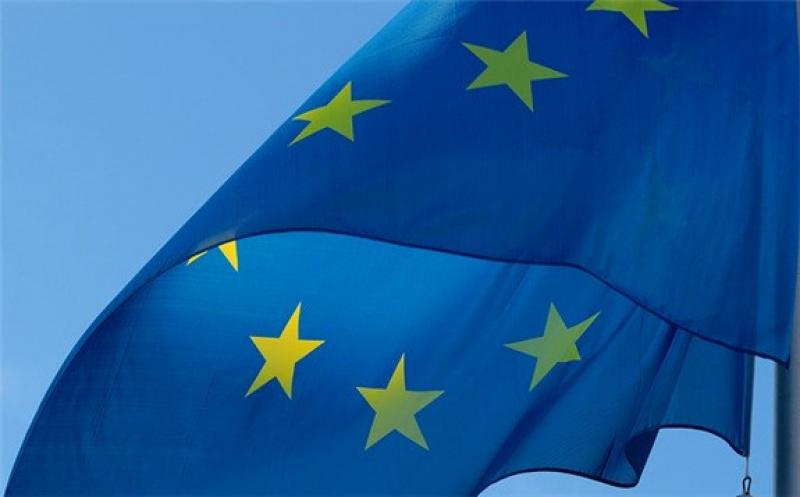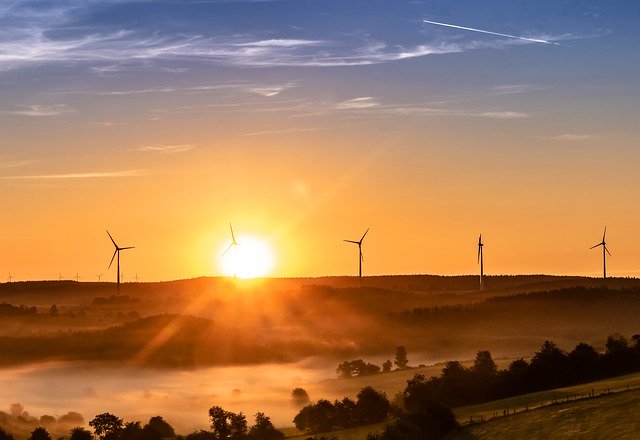The European Commission today unveiled its much-anticipated Climate Law which is intended to drive Europe to climate neutrality by 2050.

It proposes a legally binding target of net zero greenhouse gas emissions by 2050 and as such sets a direction of travel for all subsequent EU policy.
Launching the act in Brussels today, EC President Ursula von der Leyen, said: “We are acting today to make the EU the world’s first climate neutral continent by 2050. The Climate Law is the legal translation of our political commitment, and sets us irreversibly on the path to a more sustainable future.”
She said the new law was at the heart of the European Green Deal and added: “It offers predictability and transparency for European industry and investors and it gives direction to our green growth strategy and guarantees that the transition will be gradual and fair.”
European Green Deal executive vice-president Frans Timmermans said the EU was “turning words into action to show European citizens that we are serious about reaching net-zero greenhouse gas emissions by 2050”.
“The European Climate Law is also a message to our international partners that this is the year to raise global ambition together, in the pursuit of our shared Paris Agreement goals. The Climate Law will ensure we stay focused and disciplined, remain on the right track and are accountable for delivery.”

New dawn for clean energy: the Climate Law is at the heart of the European Green Deal
With the European Climate Law the Commission proposes a legally binding target of net zero greenhouse gas emissions by 2050. The EU Institutions and the Member States are collectively bound to take the necessary measures at EU and national level to meet the target.
The Climate Law includes measures to keep track of progress and adjust the EU’s actions accordingly, based on existing systems such as the governance process for Member States’ National Energy and Climate Plans, regular reports by the European Environment Agency, and the latest scientific evidence on climate change and its impacts.
Progress will be reviewed every five years in line with the Paris Agreement.
The Climate Law sets out several key steps to put it on a path to the 2050 target:
Based on a comprehensive impact assessment, the Commission will propose a new 2030 EU target for greenhouse gas emission reductions. The Climate Law will be amended once the impact assessment is completed.
By June 2021, the Commission will review, and where necessary propose to revise, all relevant policy instruments to achieve the additional emission reductions for 2030.
The Commission proposes the setting of a 2030-2050 EU-wide trajectory for greenhouse gas emission reductions, to measure progress and give predictability to public authorities, businesses and citizens.
By September 2023, and every five years thereafter, the Commission will assess the consistency of EU and national measures with the climate-neutrality objective and the 2030-2050 trajectory.
The Commission will be empowered to issue recommendations to Member States whose actions are inconsistent with the climate-neutrality objective, and Member States will be obliged to take due account of these recommendations or to explain their reasoning if they fail to do so. The Commission can also review the adequacy of the trajectory and the Union wide measures.
Member States will also be required to develop and implement adaptation strategies to strengthen resilience and reduce vulnerability to the effects of climate change.
Jean-Marc Jossart, Secretary-General of Bioenergy Europe, said the Climate Law “is a key milestone of a long journey that requires concrete actions and ambitious trajectories, acknowledging the fact that climate neutrality is only possible with a transition to renewable energy sources”.
Eurogas Secretary General James Watson said Eurogas fully supported the 2050 carbon neutral target and added: This can only be achieved with the establishment of a serious framework for the decarbonisation of gas. Decarbonising the energy system is an opportunity for the EU, it gives Europe a chance to create jobs and wealth for European citizens, as long as we create a market for decarbonised gas.”
He added: “A credible plan for scaling all decarbonisation options, including natural, renewable and decarbonised gas and CCS technologies, is integral to successfully delivering on the Climate Law. This law should pave the way for a binding EU-level target for renewable and decarbonised gas.”
He pointed out that Europe is home to several pioneering low-carbon gas technologies such as electrolysers producing hydrogen; anaerobic digestors generating biogas; pyrolysis equipment and CCS components. He said: “Maintaining Europe’s leadership in these technologies will innovate businesses, increase the level of public support for our climate ambitions and secure high quality non-seasonal jobs for Europeans. The EU has a natural advantage for this dimension of the energy transition in gaseous fuels and should not squander this opportunity, as has happened with other sectors in the past.”

Hydrogen will have a key tole in the EU climate fight says Eurogas
The European Geothermal Energy Council also welcomed the proposed law, but it also warned that without a considerable increase in binding renewable heating, cooling, electricity and energy efficiency targets to 2030, “it could be meaningless”.
“This is a watershed moment, but we need to see Member States’ commitment to higher climate and energy targets in 2030 if this Law is to tackle the climate crisis.” said Philippe Dumas, Secretary General of EGEC Geothermal. He added: “Energy remains the largest source of emissions. Heat, which is central to buildings and industrial decarbonisation, must be the priority targets for 2030”.
Today in advance of the launch of the law, 12 leading European energy companies sent a joint letter to Green Deal executive vice-president Frans Timmermans calling for an ambitious EU climate law that recognizes the benefits of an energy system based on renewables.
The seven companies are EDP, Enel, Iberdrola, Orsted, SSE, Statkraft, and Verbund and in their letter they said: “Embedding climate neutrality in law together with principles for future regulation will create regulatory predictabilitythat can steer the investments necessary to deliver the transition to an economy based on renewable energy.
This predictability would be enhanced by setting an intermediate target in 2040aligned with EU’s climate action framework.”
They also set out eight key principles that they say “would be the right starting point for an EU climate law forming the basis for climate neutrality by 2050”:
The cost of energy supplied and used in the EU should reflect the true costs to the climate. Costs of green-house gas emissions should be priced and internalised to incentivise the change to climate-friendly alternatives across all sectors
Tax and tariff regimes at both European and national level need to reflect the climate impact of the energy delivered to consumers. This includes a fair sharing of the decarbonisation financial effort among all energy carriers (e.g. cost of renewables support schemes).
Discontinue subsidies to infrastructure projects that will not be compatible with climate neutrality by 2050.
A just and fair transitionleaving no-one behind should be a guiding principle and include focused strategies aimed at maintaining the EU’s competitiveness and minimizing distributional impacts. This requires promoting jobs, requalification, minimizing the negative impacts of changes in local industries and addressing energy poverty.
All Europeans should have the right to choose a green energy product, when supplying their homes with electricity and heating.
A well-functioning integrated and digitalized internal energy marketshould be promoted to allow for a cost-efficient transition to a climate neutral society.
To inform policy makers it is essential that cost assumptions in energy system modelling should be based on latest available market data– both at European and national level.
Circular economy and resource efficiencyshould minimize deprivation of resources and enhance the development of renewable energy and renewables-based electrification.